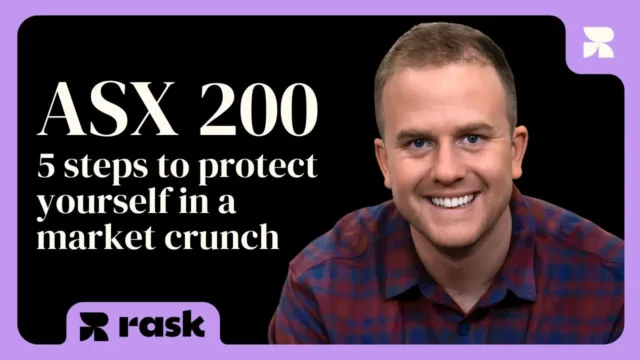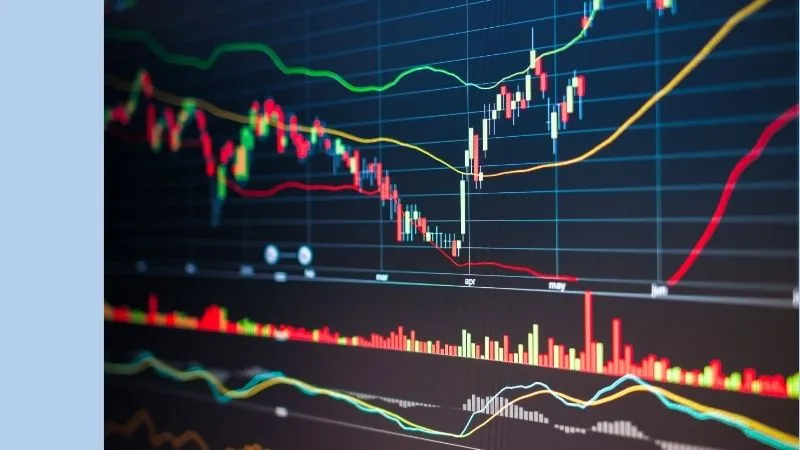Thematic investing is more than a buzzword. It describes how to expose your portfolio to some of the major socioeconomic, environmental and technological themes of our times in a tailored way. While most may be well attuned to the basics of investing and diversifying across asset classes, investing in thematics is a newer concept.
What is thematic investing?
Thematic portfolios follow a top-down approach to investing. They look at long-term macro trends, such as robotics and automation, and then use various screens and information sources to identify the companies or assets which support this trend through infrastructure or services.
Thematic investing is sometimes confused with sector investing. While it’s easy to see how this can happen, thematic investing is more tailored and can span several sectors or even asset classes. To illustrate this, consider the growth trend for technology. While one way to incorporate this might be simply including a sector investment to information technology, a thematic investment might also consider companies outside of this sector classification which also stand to benefit by providing services associated with technology, such as Amazon or Netflix.
Identifying the ‘right’ themes and trends
Investors should be cautious when identifying trends to invest in – the key is to avoid passing fads or themes that may only be short-lived.
Themes should be:
- Universal rather than specific to just one company or region[1].
- Sustainable over longer periods, in some cases 20 years or more.
- Based on known patterns and pressures[2].
Some examples of well documented themes include virtual connectivity, ecommerce, biotechnology, the growth of the middle-class in Asia and climate change.
Using thematic investments in your portfolio
Typically, investors might consider three different options for thematic investing.
- Direct shares in companies associated with a theme.
- Actively managed funds.
- Exchange traded funds (ETFs).
Investors should be aware of different fees, minimum investments, brokerage, tax implications and W8-BEN forms for some investments.
There are different risks and benefits to using any of these approaches.
The companies associated with themes may not always be accessible to investors, either because of inability to access stock exchanges they may be listed on or the costs involved. It can also be challenging to ‘pick’ the winners, especially if you aren’t an expert in the field surrounding a particular theme. This is where using managed options, either ETFs or actively managed funds can be a better option for some investors.
ETFs tend to be the lowest cost and most accessible option for investors given the potential for exposure to many companies and they usually cost less than actively managed options. Investors in ETFs should still be aware of the investment risks, such as market risk or liquidity risks.
How to allocate to thematic investments
Investors may wonder how to allocate to thematic investments and even what portion of their portfolio should be allocated to such investments.
Thematic investments are versatile and can be used in a range of ways, such as:
- To complement the equities component in the core of a portfolio.
- As a tactical tilt in the satellite portion of a portfolio towards trends or for growth.
- As a diversification tool to broaden from typical assets in a portfolio core.
An example of how this might work in practice is one investor might choose a thematic investment like ETFS ROBO Global Robotics and Automation ETF (ASX: ROBO) as part of their international equities exposure to offer diversification and to complement more traditional equities exposures such as the S&P 500. Alternatively, a different investor may view it as a growth opportunity and use it as a satellite investment. The size of the allocation may vary depending on how the investor chooses to use it, ranging from 5-10% per investment depending on factors such as existing portfolio composition, risk tolerance, needs and goals.
Whichever way investors choose to incorporate thematic investing within their portfolios, they should still consider the suitability for themselves and their portfolio, along with the risks involved – including risks which may be specific to a particular theme.
Thematic investments offer investors the chance to be an active participant in the major forces driving human progress. They can also be the opportunity for investors to incorporate their passions within their investments, or even to have the potential of holding the ‘next big thing’ in a more manageable format. The increasing availability of tailored thematic investments in the market mean they are more accessible than ever for investors to consider their suitability and fit for their needs, goals and portfolios.
Download our paper on thematic investing and some of the major themes driving the globe.
[1] https://www.stockbasket.com/investmans-playbook/thematic-investment-ideas
[2] https://publications.csiro.au/rpr/ws/v1/download?pid=csiro:EP126135&dsid=DS2







